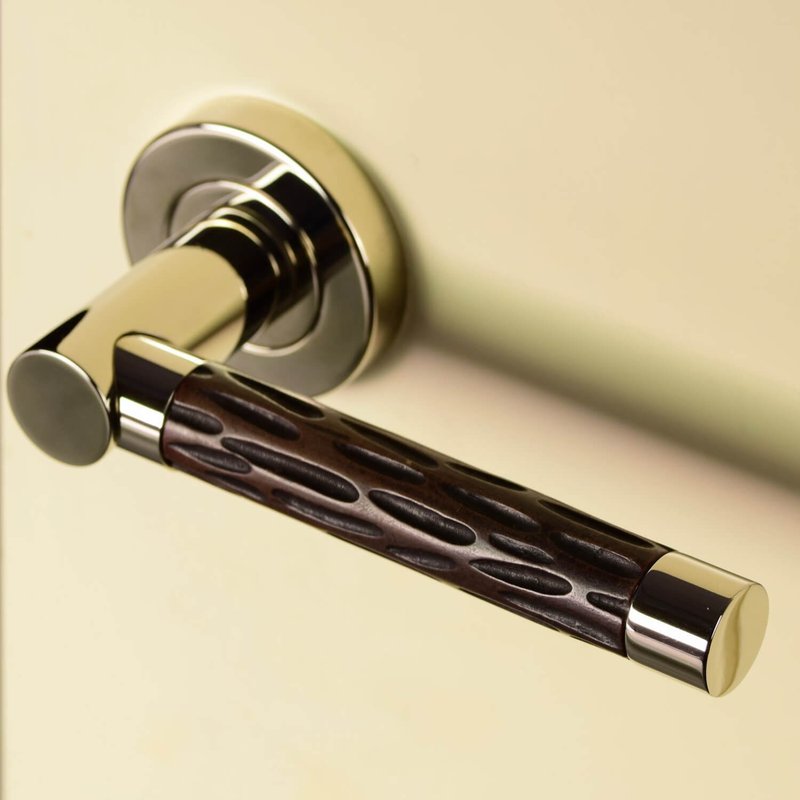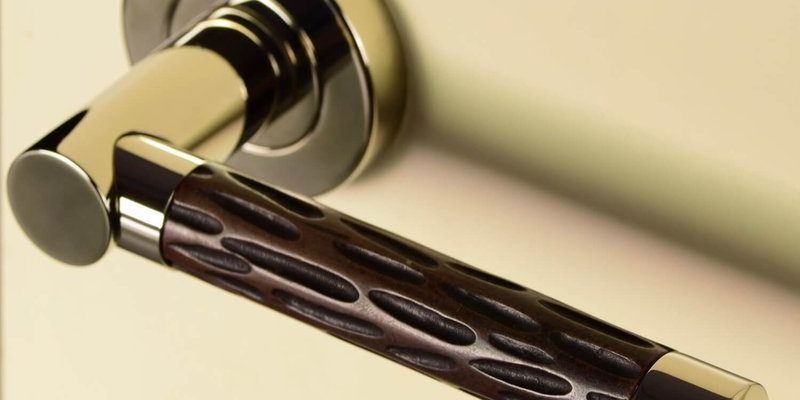
So, how do you safely handle your bearded dragon? It’s not as daunting as it sounds. You’ll want to know a few key guidelines to follow. From understanding their body language to the right way to pick them up, this article will walk you through everything you need to know about handling your scaly friend safely. Let’s dive in!
Understanding Your Bearded Dragon’s Body Language
Before you even think about picking up your bearded dragon, it’s essential to understand how they communicate. Just like people, lizards have their own ways of expressing feelings. A bearded dragon that puffs up its throat and flares out its “beard” is likely feeling threatened or defensive. On the other hand, if your dragon is relaxed and has its eyes half-closed, it’s probably feeling comfortable and safe.
Take some time to observe your pet. Signs to watch for include:
- Head bobbing: This can indicate dominance, but it can also mean curiosity.
- Glass surfing: If your dragon is repeatedly running against the glass of its enclosure, it might be bored or want more space.
- Tail movement: A wagging tail might mean it’s excited, while a stiff tail could signal stress.
Understanding these signals will help you know when it’s a good time to handle your bearded dragon. If they’re showing signs of stress, give them some space until they’re more relaxed.
Creating a Safe Environment for Handling
Before handling your bearded dragon, it’s essential to set up a safe environment. Handling them in a calm and quiet area can help reduce stress for both of you. Make sure the space is free from pets or loud noises that might make your dragon feel uneasy.
Start by ensuring you have a secure grip on your pet. Never pick them up by the tail or any other sensitive areas. Instead, gently place one hand under their belly while the other supports their back end. Think of it like lifting a delicate package—gentle yet secure. Your bearded dragon should not feel like they’re falling or being squeezed.
While handling, you’ll also want to set boundaries. Avoid sudden movements that could startle your pet. Think about how you’d want someone to handle you if you were a little anxious.
Picking Up Your Bearded Dragon the Right Way
Getting the lifting technique down is crucial. First, make sure your hands are clean and free from any strong scents, like food or lotion. Bearded dragons are sensitive to smells, and strong scents can be overwhelming for them.
To pick up your dragon, follow these simple steps:
1. Approach Slowly: Move your hands slowly toward your dragon so they can see you coming. Remember, you want them to feel safe.
2. Support Their Body: Slide one hand under their body and the other behind their legs to support them fully. Think of it as cradling a baby; you want them to feel secure.
3. Lift Gently: Slowly lift your dragon, keeping your hands close to their body. Avoid jerking movements that could scare them.
4. Hold Them Close: Once you have them lifted, hold them close to your chest. This provides warmth and helps them feel safe.
Remember, practice makes perfect. The more often you handle your bearded dragon safely, the more comfortable they will become with you.
How Often Should You Handle Your Bearded Dragon?
You might be wondering how often you should handle your bearded dragon. Honestly, it varies from one lizard to another. Some dragons love to be held and will bask in the attention, while others may prefer to stay in their enclosure.
As a guideline, aim to handle your dragon a few times a week for short periods. Start with about 10-15 minutes of handling time and gradually increase as your dragon becomes more comfortable. Here are a few tips for success:
– Pick the Right Time: Try handling after your dragon has eaten and is active. Avoid handling right after they’ve eaten, as they might be too lethargic or uncomfortable.
– Read Their Mood: If your dragon seems anxious or stressed, it’s perfectly okay to put them back and try again later.
– Create a Routine: Regular handling will help your dragon get used to being held. They’ll start to associate it with a positive experience.
Introducing Your Bearded Dragon to New Environments
Sometimes, you may want to take your bearded dragon outside or to a different part of your home. Before doing this, ensure the environment is secure and safe. Bright sunlight and heat can be an issue, so providing shade is critical.
Here’s how to introduce your bearded dragon safely to new places:
– Test the Waters First: Start with short trips. A few minutes outside can help gauge how your bearded dragon reacts to the change.
– Avoid Natural Dangers: Keep an eye out for other animals or insects. Your dragon might be curious, but that curiosity can lead to dangerous encounters with predators.
– Stay Close: Always keep a firm grip on your dragon when moving them to new locations.
Keeping their safety in mind will help them feel more comfortable in various environments.
Common Handling Mistakes to Avoid
As with anything, there are some common pitfalls when it comes to handling bearded dragons. Learning what not to do is just as important as mastering the proper techniques. Here are some key mistakes to avoid:
1. Overhandling: While your dragon may enjoy your company, overdoing it can cause stress. Pay attention to their reactions and give them breaks when needed.
2. Ignoring Their Signals: If you notice signs of stress, like puffing up or trying to escape, stop handling. Your dragon won’t enjoy the experience; it’s better to respect their boundaries.
3. Forgetting About Temperature Changes: Bearded dragons can be sensitive to temperature changes. Avoid taking them outside in extreme weather, and watch out for cold drafts indoors.
By sidestepping these mistakes, you’ll create a more positive handling experience for both you and your bearded dragon.
Establishing a Trusting Relationship
Creating a trusting bond with your bearded dragon is essential for a happy pet-owner relationship. Remember, patience is key. The more time you spend with them in a calm and gentle manner, the more they’ll come to trust you.
Here are a few tips to build that trust:
– Consistency is Crucial: Handle your dragon at the same time each day or week. This helps them anticipate your presence and see it as a safe interaction.
– Positive Reinforcement: Use gentle words and treats when interacting. If your bearded dragon behaves calmly, reward it with a favorite snack, like crickets or greens. This positive association can go a long way.
– Slowly Increase Interaction Time: Start with short sessions and gradually increase the time spent together. This helps them adjust comfortably to your presence.
By building a trusting relationship, you’re setting up a solid foundation for a happy life with your bearded dragon.
In conclusion, handling your bearded dragon safely can enhance your bond and ensure both of you have a stress-free experience. Just remember to read your dragon’s body language, create a calm environment, and take your time. Before you know it, you’ll be enjoying many memorable moments together—snuggles, basking, and, of course, some fun adventures!

